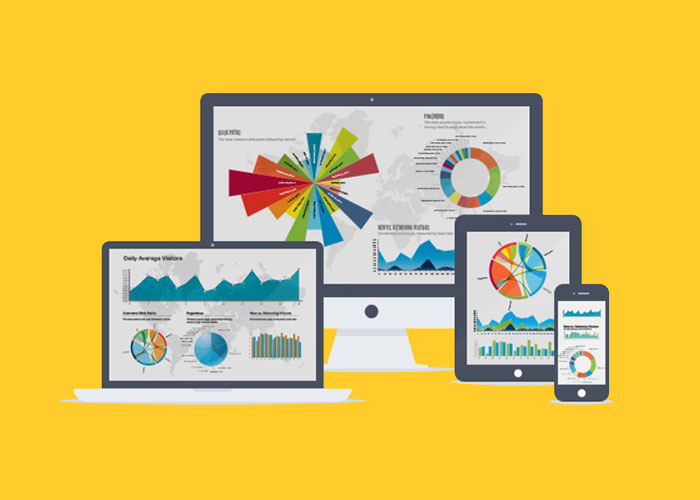Tableau Software is inventive Business Intelligence software, which furnishes its customers with devices and intuitive dashboards to seek, question, examine and visualize sets of information to create valuable business bits of knowledge. Tableau is viewed as a pioneer in the field of data discovery and the organization is ready to profit as trends for example, data discovery.
We give Tableau training courses on weekdays and ends of the week. Our Tableau training institute in Hyderabad took care of by working experts who has in-depth experience of working Tableau instrument. After fulfilment of the course we give Tableau interview questions, Tableau mock interviews. Additionally live undertaking is given as a major aspect of Tableau instructional courses.
We teach core SQL ideas to help applicants in effortlessly do dashboard evaluation in Tableau training. We are appraised as topTablea Training Institute in Hyderabad. This course is for individuals who need make their profession in Tableau Reporting device.
Why Choose Tableau training institute
- Training incorporate Complete Tableau Basic and Advance Concepts
- Understanding the Requirement
- Laying out the conditions for the information required
- Modelling the Data
- Dashboard Development
- Best Practices Followed
Course Highlights
- All the training would be provided by Industry Experts who already works on Tableau platform.
- Backup Class in case you miss any session.
- Theory + Practical Training along with case studies in order to get better understanding of concepts.
- Complete course material with no extra cost.
- Free doubt clearing session after completion of the training.
- Resume building by experts.
- Feedback form filled by candidates after every class in order to maintain highest level of quality standards.

